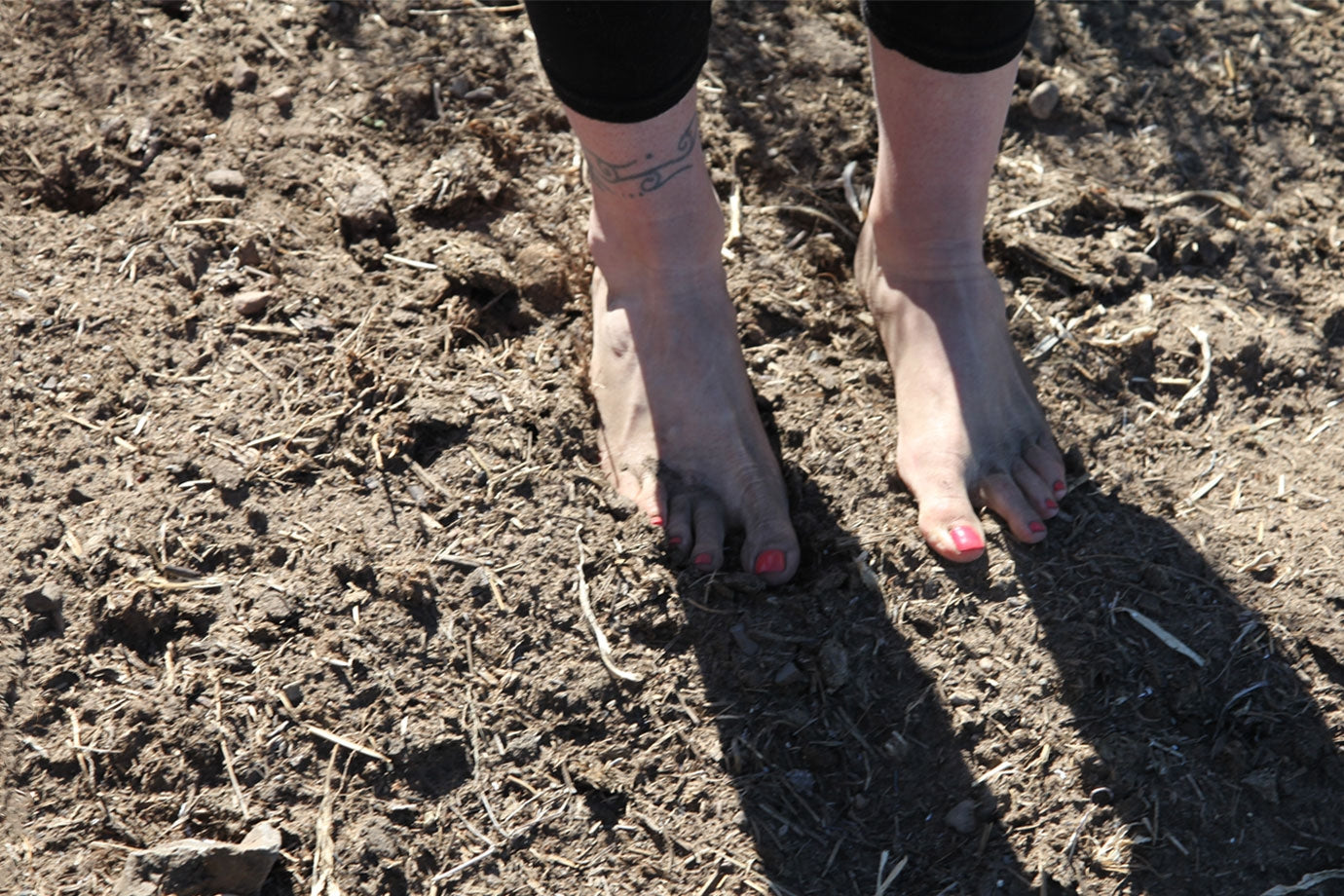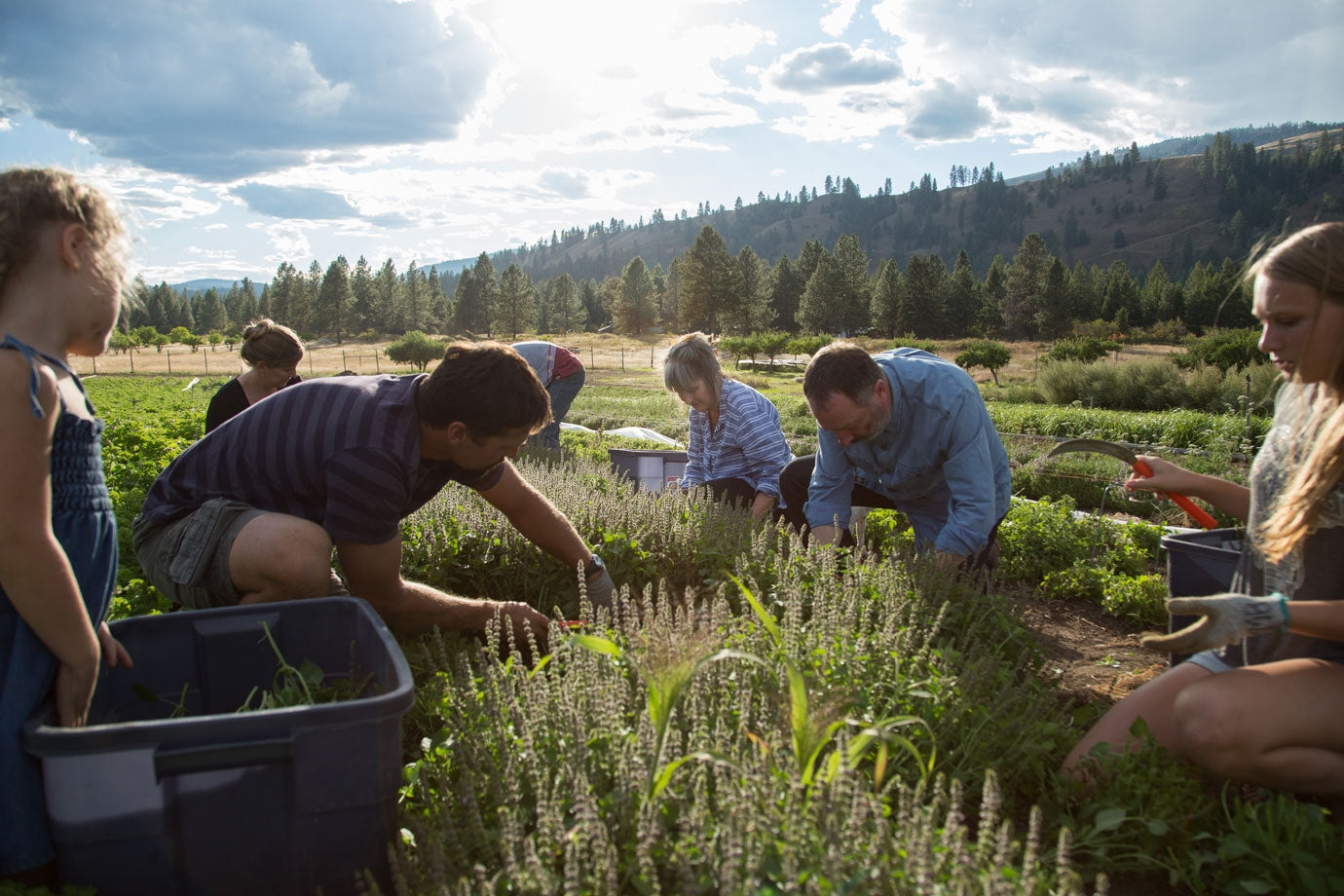The skin is a diagnostic tool. Have you heard this before?
Skin is a map to guide us to better understand the inner-workings of our bodies. Traditional Chinese Medicine and Ayurveda have used it for this purpose for millenia. Like in iridology and reflexology, the body systems are wholly represented in the face. Through the skin we are able to see systemic heat, digestive, hormonal and nervous system imbalances. A smattering of blemishes along the jaw can indicate hormonal disharmony, or a cluster between the brows can indicate an overworked liver.
If we utilize this wonderful, ancient tool we can actually look at this communication from our skin as a gift, as it can allow us this incredible insight into deeper, systemic imbalances, and give us an opportunity to cut them off at the pass.
But the skin is not just a mirror of our inner world — it’s also a mirror of our outer world. Skin is a reflection of the earth’s soil.

Soil, the skin of the Earth.
Both skin and soil have three layers and a protective top layer. Each is home to a rich microbiome, and each exchanges nutrients and gasses with the outside world.
Beyond the striking similarities of structure and function, we see an even deep reflection in that modern skin care treatments reflect the practices of modern agriculture. Current commonly accepted agricultural practices take little consideration of the long-term health of the soil. Mono-cropping, pesticides, and overworking of fields leaves the soil stripped of its nutrients and life force. In a similar manner, overuse of invasive skin care treatments, harsh exfoliants, and prescription medications leave the skin overworked, stripped, and sterilized.
In short, modern practices leave both soil and skin depleted, overprocessed and struggling to find homeostasis.
Yet today there is a resurgence of farmers respecting the earth, working to nourish the soil, and support the harmony and complexity of the soil’s microbiome. You don’t have to be a farmer to participate in this. Our everyday purchases can support these efforts. How? By shopping small, and making an effort to support local, organic farms whether that be at your farmers market, or through your natural food store. We can make these efforts through the way we choose to purchase food, AND through the way we choose to purchase our personal care items.

As a business, we support both soil and skin by sourcing from small family farms, women’s co-operatives, and tribal villages around the world. By understanding how the skin works, and letting this be reflected in our ingredients, formulations and application technique. Through bringing a diversity of nutrients to the skin in the form of oils, hydrosols, butters and clay.
Everyday we are realigning ourselves – our skin and bodies – with the rhythms of the earth.

